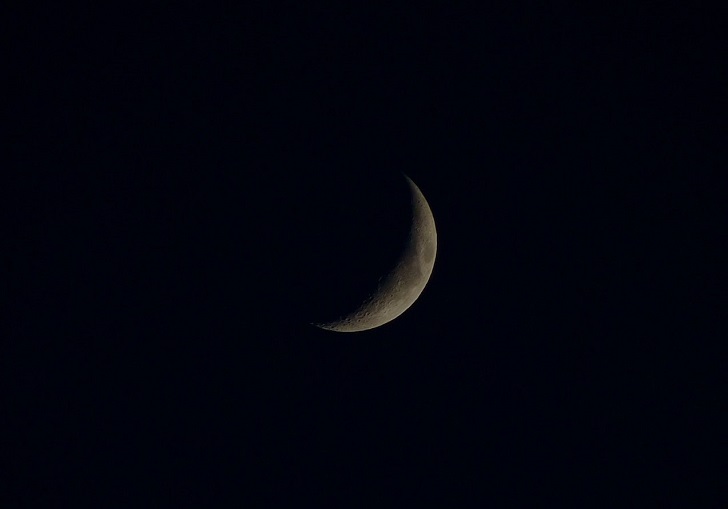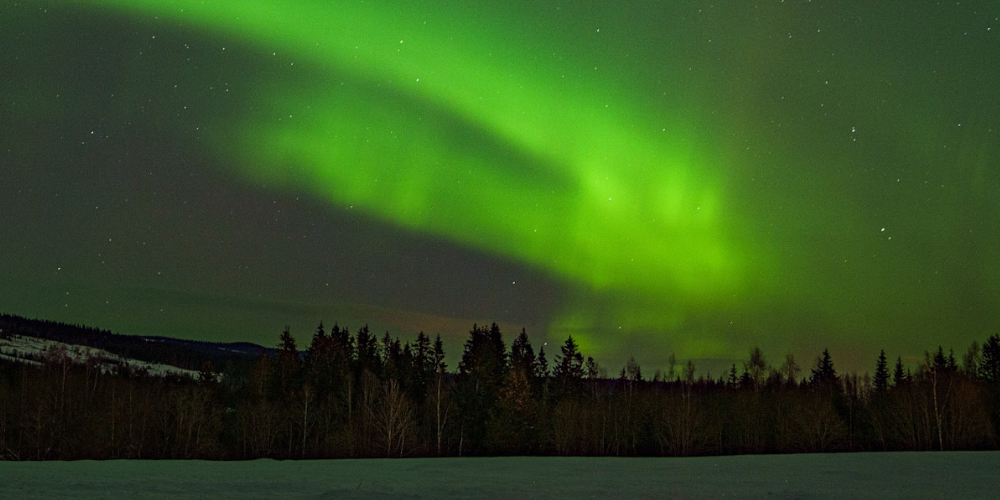The notion that the Earth is round has been widely accepted for centuries, but have you ever wondered how we came to this conclusion? This article will explore the evidence and reasoning behind our understanding that the Earth is not flat but a sphere. From ancient observations to modern scientific methods, a wealth of evidence has substantiated the concept of a round Earth.
Earth's Gravity
Another compelling argument for a round Earth is the phenomenon of gravity. Gravity pulls objects toward the center of mass. If the Earth were flat, gravity's effects would vary depending on one's location on the surface, leading to anomalies in weight and falling objects. However, the fact that gravity consistently pulls objects toward the center of the Earth, regardless of location, supports the idea of a spherical planet.

Esranur Kalay/ Pexels | The Moon's 27-day orbit of the Earth means the times at which high and low tides occur change
Early Astronomical Observations
The earliest recorded observations suggesting a spherical Earth date back to ancient Greece. Around 240 BC, the Greek philosopher and mathematician Eratosthenes made a groundbreaking discovery.
He noticed that a well would cast no shadow during the noonday sun in Syene (now Aswan, Egypt), while a stick would cast a shadow in Alexandria, a city located to the north. Eratosthenes realized this could only occur if the Earth's surface were curved. By measuring the angle of the shadow in Alexandria, he could estimate the Earth's circumference with remarkable accuracy.
Ships Disappearing Over the Horizon
Another piece of evidence comes from maritime observations. Sailors and explorers throughout history have noticed that ships gradually disappear from view as they sail away from the coast. This phenomenon occurs because the Earth's surface curves away from the observer's line of sight. If the Earth were flat, ships would remain visible indefinitely.

Lucas Pezeta/ Pexels | In the world of astronomy, you can't always rely on your senses.
Lunar Eclipses
The ancient Greeks also noticed the Earth's round shape during lunar eclipses. When the Earth passes between the Sun and the Moon, it casts a circular shadow on the lunar surface. This shadow is consistently round, regardless of the observer's location on Earth. This uniformity in the shape of the shadow suggests that the Earth itself is spherical.
Circumnavigation
One of the most compelling evidence for a round Earth comes from circumnavigation – sailing or traveling worldwide. During the Age of Exploration in the 15th and 16th centuries, explorers like Ferdinand Magellan and Juan Sebastián Elcano embarked on journeys around the Earth. These voyages provided concrete proof that the Earth is round since the explorers ended up back where they started.
Space Travel
The space age brought even more undeniable evidence of Earth's spherical shape. When astronauts venture into space, they see a round Earth from space capsules and stations. The images and videos they capture have been shared with the world, leaving no doubt about our planet's spherical nature.

Pixabay/ Pexels | The Earth does not belong to us: we belong to the Earth
Satellite Imagery
In the modern era, satellite technology has allowed us to view Earth from space 24/7. Satellites like those in the GOES (Geostationary Operational Environmental Satellite) system provide continuous images of our planet, clearly depicting its round shape. Additionally, GPS (Global Positioning System) technology relies on the assumption of a spherical Earth to calculate accurate positions.
Earth's Shadow on the Moon
The Earth casts a shadow on the Moon's surface during a lunar eclipse. This shadow is consistently round, and its size varies depending on the Earth-Moon-Sun alignment. The changing size and shape of the shadow provide further evidence that the Earth is a sphere, as a flat Earth would cast a different type of shadow on the Moon.





